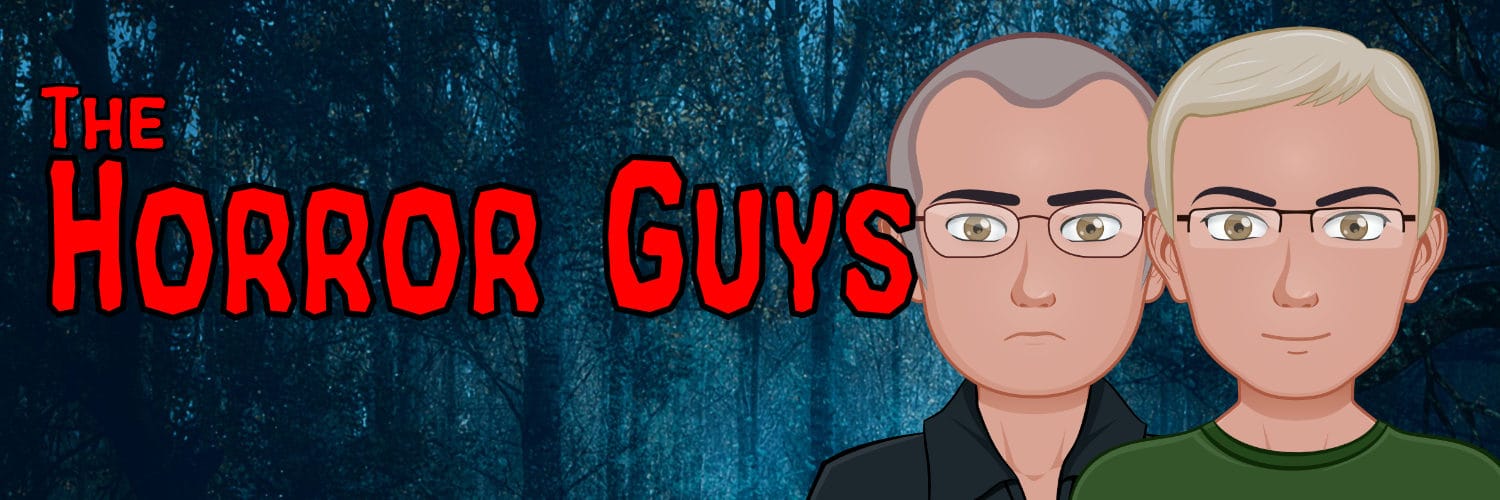• Directed by Mick Jackson
• Written by Barry Hines
• Stars Karen Meagher, Reece Dinsdale, David Brierly
• Run Time: 1 Hour, 52 Minutes
• Trailer: https://youtu.be/vgT4Y30DkaA

Spoiler-Free Judgment Zone
It’s not strictly horror, but more of a what-if scenario of a horrible situation. It’s grim and realistic and thoroughly depressing. It’s the sort of movie you hope people in power watch and say, “Naw, let’s not do that.”
Synopsis
“In an urban society, our lives are woven together in a fabric. The connections that make us strong also make us vulnerable.” Credits Roll.
Sheffield, March 5th. Ruth and Jimmy, a young couple, watch jets flying overhead. They make out and get pregnant.
May 5th. We see satellite images of a Soviet convoy on the move in Iran. They blame the US for prompting all this. Ruth tells Jimmy that she’s pregnant.
May 9th, and the war has escalated. Jimmy’s parents aren’t happy to hear about the baby, but he wants to marry her. The Americans promise to send forces into Iran if the Russians don’t pull out.
More stuff happens with Jimmy, Ruth, and the war continues to escalate, mostly off-screen. We watch Mr. Sutton, the local wartime controller, making preparations for bad things. People are talking about all those jets flying over. Before long, there are nuclear war protests, and there are grocery shortages, but mostly things run as usual.
By the 24th, the war heats up. People are packing up and going to the country. Jimmy’s father watches the neighbors leave, and he wonders if staying is a mistake. On the 25th, there are reports of nuclear explosions in the Middle East. The museums start packing away their major artwork.
By the 26th, the radio explains what to do with dead bodies in fallout shelters. It’s sounding pretty bleak.
Then the air raid sirens go off and people. freak. out.
The first EMP takes out the electricity and communications. There are flashes and mushroom clouds over Sheffield. Between 2-½ to 9 million people die in the blast. An hour and a half later, the fallout arrives.
Jimmy’s parents are burned, but they survive and get radiation sickness. Ruth’s family is safe and well in the basement of their house.
By the end of the first week, the government has taken control of the food sources, but they won’t be able to distribute it for two weeks. The government experts and managers, along with Mr. Sutton, are trapped in the basement of the building. They’re arguing about wasting food on the people who are going to die from the radiation anyway.
In ten days, the fires have gone out, but the radiation has become more of a problem than before, since all the water is contaminated. Ruth goes outside and sees all the dead people and pets, skeletons and burnt meat. The clouds blot out the sun; it’s dark all the time and the temperature drops significantly due to the darkness.
Twenty-two days after the attack cholera, diphtheria, and typhoid start becoming a problem. There are 10-20 million corpses laying around in London. The guys trapped in the government building have all suffocated by this point.
Things just get worse and worse as starvation, the cold, and radiation take their toll. Things revert to a medieval level of living. Then winter sets in…
Commentary
The first fifty minutes show a pretty believable political situation. The rest is after the attacks. It’s sort-of a documentary and sort-of a drama; it flashes back and forth between the two styles.
So– the USA and the Soviets and a hot spot in Iran. That could never happen, right? The political stuff sounds pretty dated, except it’s not, really. Only the specifics are. The stuff that goes on before the attack looks very believable and realistic, and we saw a lot of the same stuff back when COVID was at its peak. You know it’s bad when the museums pull the paintings off the walls to put them somewhere procted.
The special effects are really non-existent, but they make really good use of stock footage and other sources. It’s pretty hard to believe they aired this as-is on BBC TV back in 1984. It’s pretty gory, and it’s even worse because it’s all so believable.
Yeah, it’s not a fun film. This is what kids like us watched on TV in the 80s, predicting the future. And they wonder why we prefer horror films; monsters and slashers are all so tame compared to this kind of reality!

